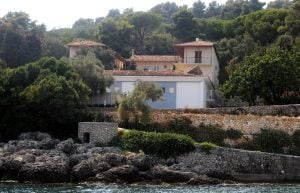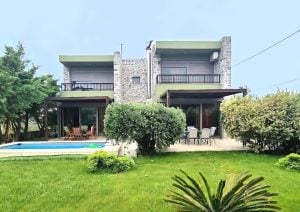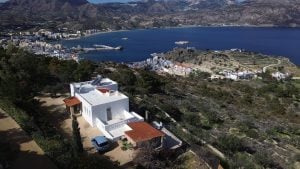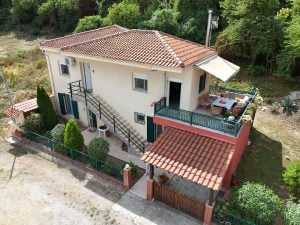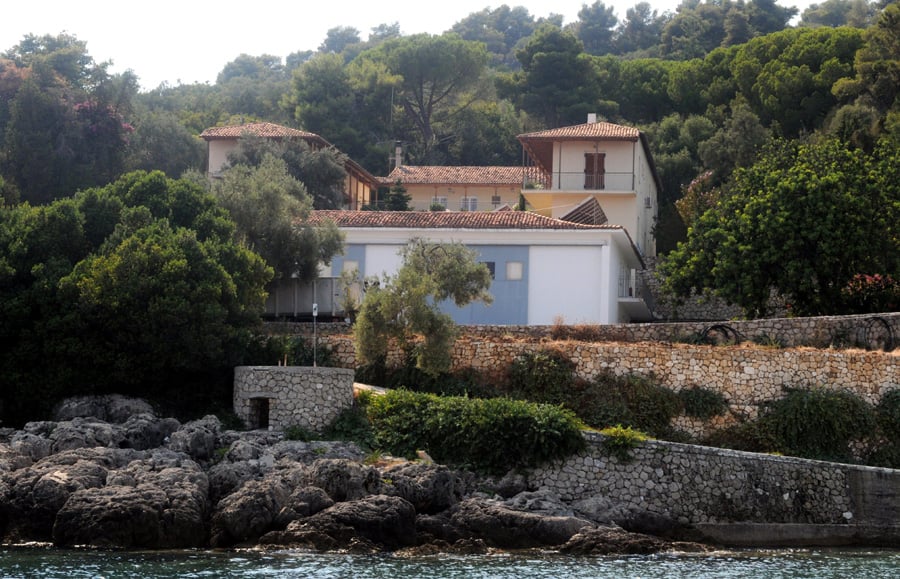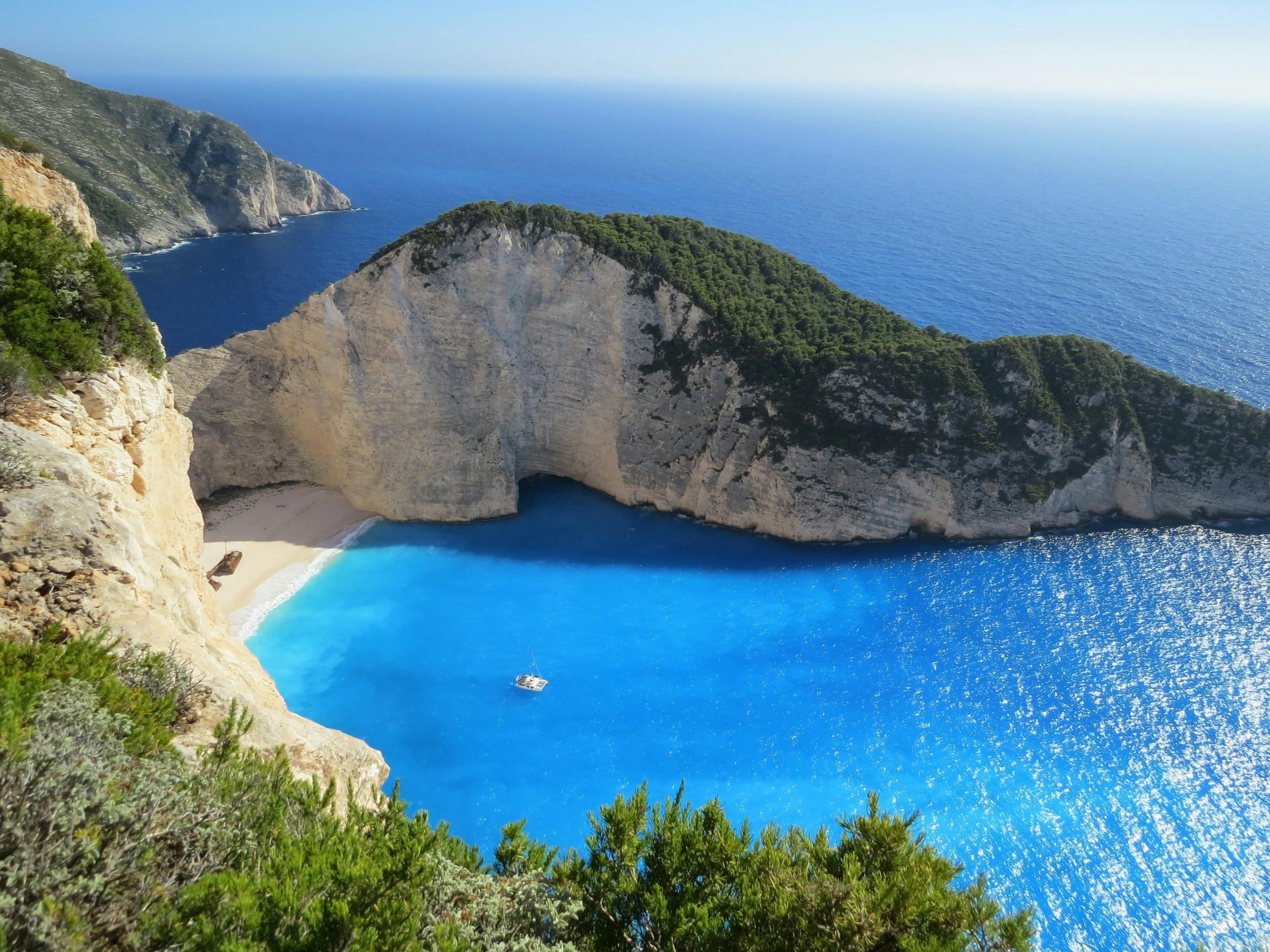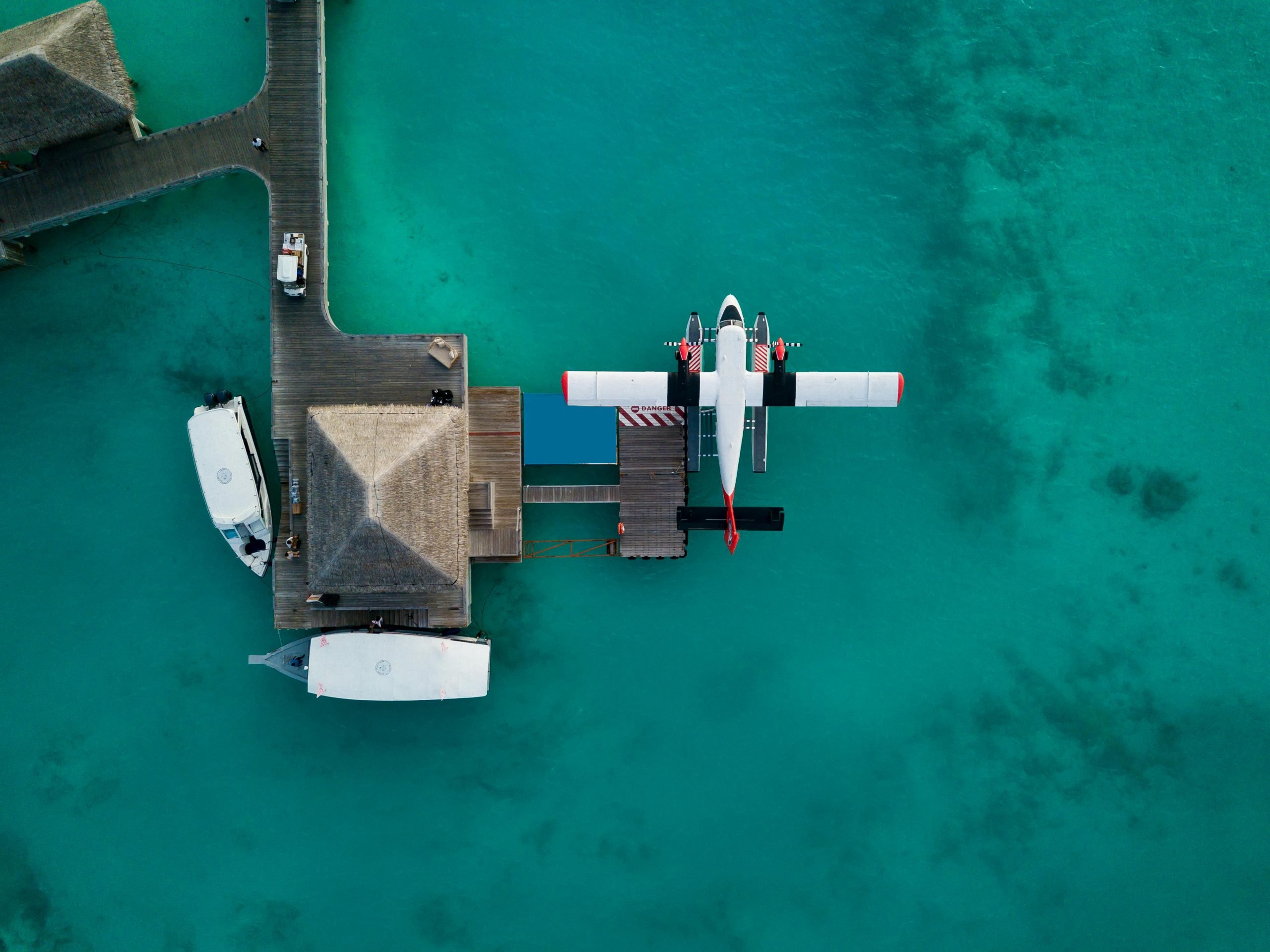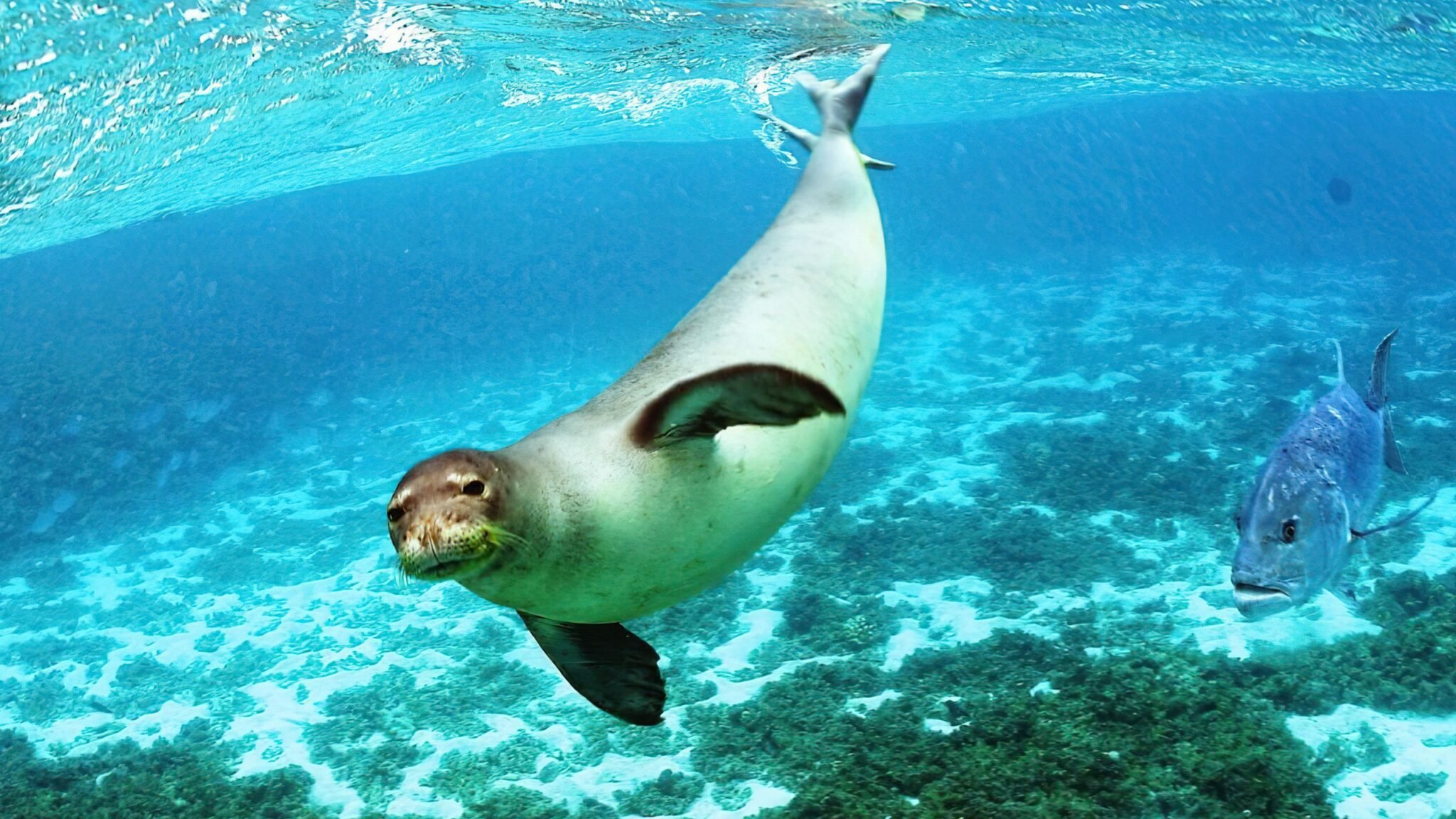Crete boasts some of the most diverse and spectacular beaches in the Mediterranean, from pristine pink sand shores to dramatic black volcanic coastlines. The island’s unique geography creates everything from sheltered family-friendly bays to wild, untouched stretches perfect for adventure seekers. These top beaches Crete offers combine crystal-clear waters with stunning natural backdrops that make Greek islands beaches truly exceptional.
What makes Crete’s beaches so special compared to other Greek islands?
Crete’s beaches stand out due to the island’s remarkable geological diversity, featuring pink sand beaches, dramatic cliffs, and volcanic black shores all within a single destination. Unlike smaller Greek islands with limited coastline variety, Crete’s 650-mile perimeter offers everything from shallow lagoons perfect for families to secluded coves accessible only by hiking trails.
The island’s size creates distinct coastal personalities between north and south shores. Northern beaches typically offer calmer waters with excellent infrastructure, whilst southern beaches provide wilder, more dramatic landscapes with pristine environments. This diversity means visitors can experience Mediterranean luxury resorts and untouched natural beauty without leaving the island.
Crete’s unique position between Europe, Africa, and Asia has created exceptional water clarity and marine biodiversity. The deep blue waters surrounding the island maintain comfortable swimming temperatures from May through October, whilst the varied underwater topography makes it exceptional for snorkelling and diving activities.
Which are the most beautiful beaches on Crete’s north coast?
Balos Lagoon, Falassarna, and Stavros Beach represent the pinnacle of northern Crete’s coastal beauty, each offering distinct characteristics that attract different types of visitors. These accessible beaches combine stunning natural beauty with reliable amenities and transport connections.
Balos Lagoon features the famous pink-tinted sand created by crushed shells and coral, creating an almost tropical appearance. The shallow, warm waters make it ideal for families, though reaching it requires either a boat trip or a moderately challenging hike. The lagoon’s protected status ensures pristine conditions and limited development.
Falassarna stretches for over two miles of golden sand, consistently ranking among Europe’s best beaches. The western exposure creates spectacular sunset views, whilst the wide beach provides ample space even during peak season. Excellent facilities include parking, restaurants, and water sports equipment rental.
Stavros Beach gained fame as a filming location for “Zorba the Greek” and maintains its authentic charm. The horseshoe-shaped bay offers calm, shallow waters protected by dramatic cliffs, making it perfect for swimming and snorkelling.
What are the hidden gem beaches in southern Crete worth discovering?
Southern Crete harbours pristine, less-crowded beaches like Preveli Palm Beach, Glyka Nera, and Seitan Limania that reward adventurous visitors with untouched natural beauty. These beaches often require hiking or boat access, ensuring smaller crowds and preserved environments.
Preveli Palm Beach features a unique freshwater river flowing into the sea, creating a palm grove that gives the beach its name. The combination of river mouth, sandy beach, and rocky outcrops creates diverse swimming and exploration opportunities. Access requires a 20-minute downhill walk, but the effort rewards visitors with one of Crete’s most photogenic locations.
Glyka Nera, meaning “Sweet Waters,” offers crystal-clear waters and dramatic mountain backdrops accessible only by hiking or boat. The beach’s remote location ensures pristine conditions, whilst the surrounding cliffs provide excellent snorkelling opportunities with diverse marine life.
Seitan Limania presents a wild, rugged coastline with turquoise waters framed by white limestone cliffs. The challenging access keeps crowds minimal, whilst the dramatic landscape creates an almost otherworldly atmosphere perfect for photography and peaceful relaxation.
How do you choose the right beach in Crete for your vacation style?
Selecting the perfect Crete beach depends on prioritising accessibility, activity preferences, and crowd tolerance to match your specific vacation goals. Family groups, couples, and adventure seekers each benefit from different coastal environments and facility levels.
Family-friendly beaches like Stavros, Georgioupoli, and Almyrida offer shallow, calm waters with nearby amenities including restaurants, toilets, and parking. These locations provide easy access for children and elderly visitors, whilst maintaining the natural beauty that makes Crete beaches special.
Romantic getaways benefit from more secluded options like Seitan Limania or Glyka Nera, where dramatic landscapes and peaceful environments create intimate settings. These beaches require more effort to reach but reward couples with privacy and stunning photo opportunities.
Adventure enthusiasts should target beaches like Balos Lagoon or Preveli Palm Beach that combine hiking access with unique natural features. These locations offer exploration opportunities beyond swimming, including snorkelling, photography, and discovering hidden coves.
For those considering a more permanent connection to Crete’s beautiful coastline, understanding the local property market becomes valuable when buying a home in Greece near these spectacular beach locations.
What should you know about beach facilities and accessibility across Crete?
Crete’s beach infrastructure varies dramatically from fully equipped resort beaches to completely undeveloped natural shores, requiring different preparation and expectations. Understanding facility levels helps visitors pack appropriately and choose beaches matching their comfort requirements.
Northern coast beaches generally offer superior infrastructure including organised parking, tavernas, sunbed rentals, and water sports facilities. Popular destinations like Falassarna and Chania’s city beaches provide toilets, showers, and lifeguard services during peak season months.
Southern beaches often require self-sufficiency with minimal or no facilities available. Visitors should bring water, food, shade, and sun protection when exploring remote locations like Glyka Nera or Red Beach. Mobile phone coverage can be limited in remote areas.
Transportation varies significantly between locations. Northern beaches typically offer public bus connections or short drives from main towns, whilst southern beaches may require 4WD vehicles, hiking, or boat transfers. Rental car flexibility proves invaluable for beach exploration, though some locations offer organised boat trips from major ports.
Parking availability ranges from large organised car parks at popular beaches to roadside spaces or hiking trail starts for remote locations. Arriving early during peak season ensures better parking options and beach positioning.
When is the best time to visit Crete’s beaches for optimal conditions?
May through October offers the best beach conditions, with July and August providing warmest waters but largest crowds. Shoulder seasons of May-June and September-October balance pleasant weather with fewer visitors and better accommodation availability.
Water temperatures reach comfortable swimming levels by May (20°C) and peak in August-September (25°C). The swimming season extends into October for those comfortable with slightly cooler water, whilst hardy visitors can enjoy beach activities year-round in Crete’s mild climate.
Wind patterns affect beach choice throughout the season. Northern beaches face meltemi winds during July-August, creating choppy conditions but excellent windsurfing opportunities. Southern beaches remain calmer during windy periods, making them preferable for swimming and snorkelling.
Crowd levels peak during July-August school holidays, particularly at easily accessible beaches. May-June and September offer ideal conditions with warm weather, calm seas, and manageable visitor numbers. October provides pleasant beach weather with the added benefit of lower accommodation costs.
Spring visits (April-May) showcase wildflowers and green landscapes, though sea temperatures remain cool for extended swimming. Autumn (September-October) offers warm seas and clear skies, often considered the optimal time for combining beach activities with cultural exploration.
Whether you’re planning a holiday or considering a more permanent move to enjoy these beautiful beaches Crete offers year-round, professional guidance can help navigate the local landscape and opportunities. For personalised advice about Crete’s coastal regions and property options, feel free to contact our experienced team.


